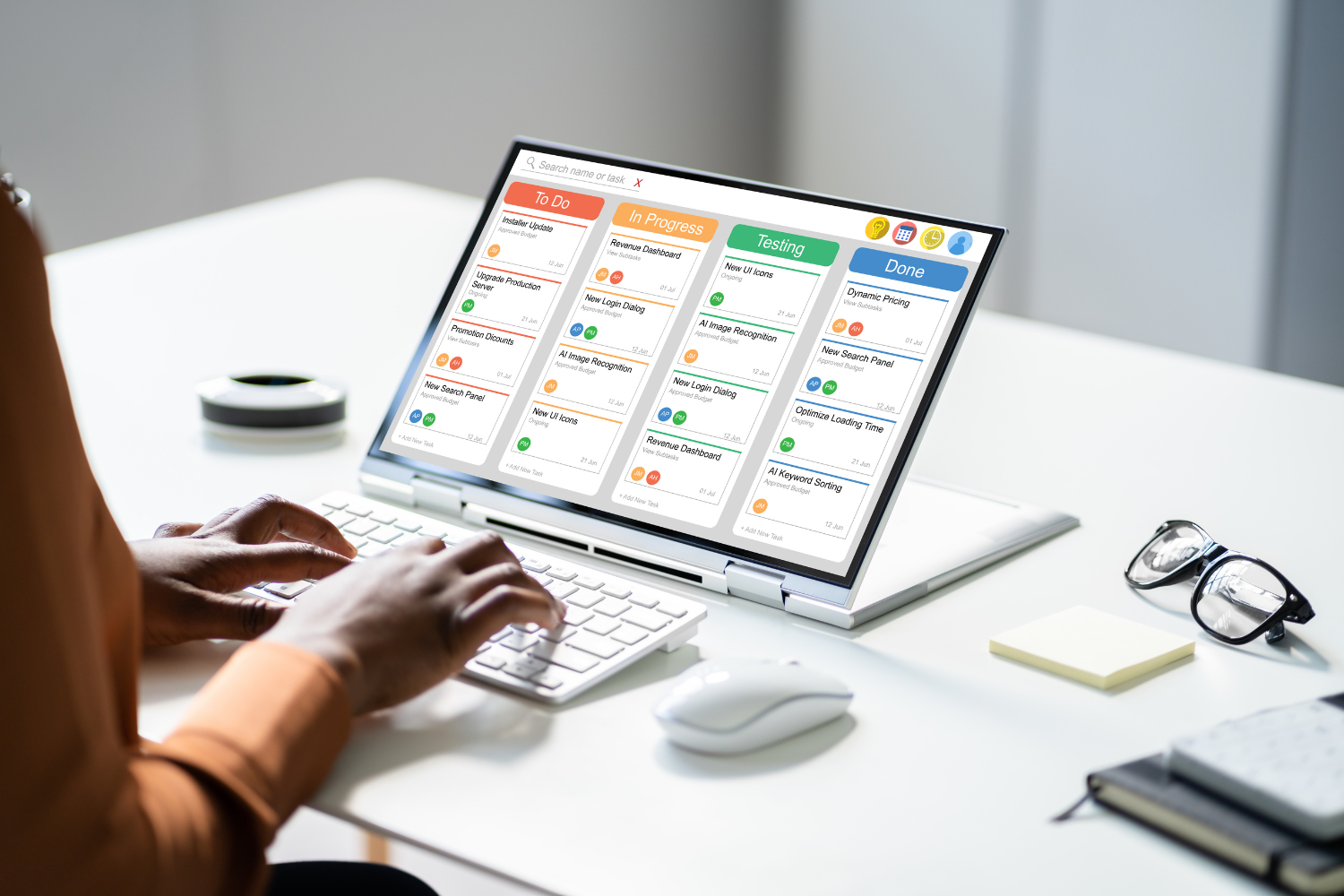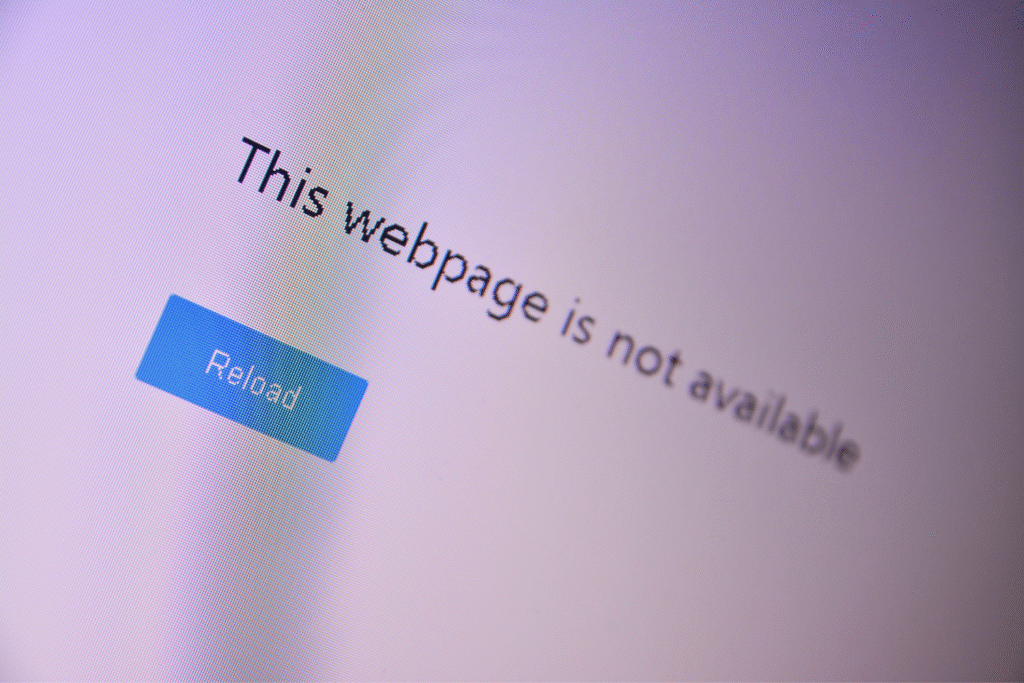Effective Filipino team management goes beyond assigning tasks—it requires understanding cultural nuances, setting clear expectations, and creating a structure that supports remote work. Many companies working with Filipino virtual assistants or remote teams in the Philippines see high levels of service quality, strong work ethic, and cost-effectiveness, but only when daily systems are designed with cultural compatibility in mind.
This article explores practical strategies for managing remote teams efficiently, improving communication, addressing potential misunderstandings, and enhancing team performance. The right tools, routines, and feedback systems may help businesses improve productivity, manage costs, and better support their Filipino team members across time zones.
What Makes Managing Filipino Teams Unique?
Managing a Filipino team requires more than standard remote team management practices. Success comes from understanding cultural differences and adapting communication styles to fit the needs of Filipino workers.
Why cultural understanding is key to success
Cultural understanding is essential for building trust and long-term success when managing Filipino team members. Filipino culture values harmony, respect, and group belonging, which can influence how employees interact with managers and each other. Leaders from Western countries must recognize that direct instructions or feedback can sometimes be misread as harsh.
When companies take time to learn about Filipino culture, they create stronger relationships, reduce misunderstandings, and improve retention rates. This cultural compatibility supports better teamwork, more productive conversations, and higher employee morale.
How communication styles differ from the West
Filipino team members often use indirect communication to avoid conflict and maintain group harmony. To maintain harmony, Filipino team members may use polite phrases like “I’ll try” or “Let me check” instead of directly saying “no.” While well-intentioned, these responses can lead to misunderstandings unless managers follow up with clarifying questions. In contrast, Western countries often favor direct feedback and fast-paced conversations.
To manage remote teams effectively, adjusting expectations and creating space for Filipino workers to express concerns without fear of confrontation is crucial. Encouraging open dialogue and using follow-up questions helps ensure clear understanding and avoids potential misunderstandings.
Common missteps to avoid when managing remotely
One common mistake in Filipino team management is assuming agreement when a team member says “yes.” Sometimes, this response means they heard the instructions, not that they fully understand or agree. Another misstep is giving vague deadlines or skipping one-on-one conversations, which can lead to confusion and delays.
Offering constructive feedback in public may unintentionally cause discomfort. Delivering it privately and respectfully better aligns with Filipino workplace norms and preserves team morale. Instead, provide feedback privately and clearly. Remote team management improves when managers take cultural differences into account and design systems that support effective communication and accountability.

Daily Management Systems That Actually Work
Managing remote teams across time zones takes structure and consistency. The right daily systems help improve service quality, build trust, and keep the team aligned from start to finish.
Handoff meetings: What to cover and when to hold them
A handoff meeting bridges the time zone difference between Western managers and Filipino team members. This short video call—usually held in the early morning U.S. time and evening Manila time—should cover completed tasks, current progress, blockers, and upcoming priorities.
It’s also a good time to confirm deadlines, update calendars, and talk through any critical issues. Keeping these meetings on a regular schedule improves operational efficiency and ensures that both sides stay aligned on priorities and goals.
What should go in a daily check-in post?
Daily check-ins help keep Filipino remote teams on track and give managers visibility into daily tasks. A check-in post should include the day’s top priorities, estimated time for each task, and any questions or support needed.
This habit allows for better task tracking, faster response to concerns, and consistent support across teams. It also makes it easier to manage workload and resources efficiently, especially in digital marketing, support, or other service-based industries.
How to use asynchronous updates to stay aligned
Asynchronous updates allow Filipino team members to share progress even outside shared working hours. These updates, posted at the end of the workday, should include what was completed, what’s still in progress, and anything blocking progress. This system keeps communication flowing without requiring constant meetings, reducing interruptions and helping everyone work efficiently. Asynchronous tools like Trello, Slack, or ClickUp help remote teams stay aligned and improve team-based workflows, even across different time zones and internet infrastructure limits.
Sample daily workflow: US-Philippines time zone example
A typical workflow starts with the Filipino team logging in around 9 AM Manila time, which is 8 PM Eastern U.S. time. They post a morning check-in with tasks and updates. During their workday, they handle assigned tasks, update progress, and note any blockers. A short handoff meeting around 7 PM Manila time (6 AM Eastern) allows for real-time updates.
After the meeting, the Filipino team wraps up work and posts an end-of-day summary. The U.S. manager can then review the update during their own work hours and prepare feedback or next steps. This rhythm can support clearer communication, improve coordination, and enhance productivity across time zones.

Which Tools Make Daily Filipino Team Management Easier?
Managing Filipino remote teams efficiently depends on having the right tools in place. These tools should support effective communication, task tracking, and time zone coordination—without slowing down your operations.
Communication tools your team will actually use
Strong communication is essential for remote team management, especially across long distances. Given regional differences in internet infrastructure, many Filipino team members benefit from mobile-friendly and accessible tools. These tools support effective communication, reduce potential misunderstandings, and help teams stay connected throughout the day.
Recommended tools:
- Slack – Great for real-time chats, quick updates, and dedicated topic channels. Works well on desktop and mobile.
- Microsoft Teams – Combines chat, video, and file sharing in one tool. Ideal for companies using Microsoft 365.
- Viber for Business – Popular in the Philippines, easy to use on phones, and helpful during internet outages when mobile data is needed.
- Zoom – Reliable for video meetings and screen sharing, even on low-bandwidth connections.
- Google Meet – Easy to use and integrates well with Google Calendar and Gmail.
Project management platforms that work well in the Philippines
Many Filipino workers value structure and clarity and often succeed with well-defined processes, making project management tools crucial to daily operations. These platforms allow your team to track assignments, update progress, and manage workloads without relying on constant messaging or meetings.
Recommended platforms:
- Trello – Uses a visual Kanban board that’s simple to learn and mobile-friendly. It works well even with basic internet access.
- Asana – Offers structured task lists, team dashboards, and deadline tracking. Suitable for marketing, support, and digital services.
- ClickUp – Combines project tracking, docs, and goal setting. It is ideal for growing teams that need flexibility and organization.
Tools to track time and tasks without micromanaging
Time tracking and task monitoring are important, but should strike a balance, offering accountability without creating pressure. The goal is to empower Filipino team members while ensuring visibility and efficiency. The best tools offer accountability without making employees feel watched. They also help leaders evaluate productivity, support cost savings, and plan workloads efficiently.
Recommended tools:
- Toggl – Simple time tracking that shows how long tasks take without overwhelming the user.
- Harvest – Tracks time, sets budgets, and provides reports for billing or productivity reviews.
- Time Doctor – Offers time tracking with screenshots and reports. Useful for client-facing work or larger teams.
- Clockify – A free tool with easy-to-use time-tracking features. Works across projects and roles.

How to Set Clear Expectations Every Day
Filipino team management works best when goals, roles, and results are clearly defined. Setting daily expectations reduces confusion and increases operational efficiency.
Task templates and checklists that reduce confusion
Using task templates and checklists gives Filipino virtual assistants and other team members a clear structure to follow. These tools make it easy to start tasks, know what’s expected, and check work before submitting. Templates can support service quality by encouraging consistent output across team members and projects. This structure is beneficial in industries like digital marketing, accounting, and customer support.
Using the CLEAR method to assign work
The CLEAR method is a step-by-step way to assign tasks that align well with Filipino culture. It stands for Context, Limitations, Expectations, Authority, and Results. This approach gives each team member enough background, specific instructions, and clarity on what success looks like. It also respects their need for direction and helps avoid delays caused by vague tasks. This method is ideal for managing remote teams that handle multiple responsibilities across time zones.
Why defining “success” matters more than assigning tasks
Giving a task without explaining what a good result looks like can lead to rework and frustration. Defining success helps Filipino workers deliver better outcomes by aligning their work with your standards. It also boosts employee morale, reduces unnecessary back-and-forth, and supports cost-effective solutions. A simple success statement like “on time, error-free, and client-ready” gives your team a clear target to reach.
Tips for Building Rapport During Daily Interactions
Trust and connection are essential in Filipino work culture. Building relationships through daily interactions can support collaboration, improve engagement, and contribute to better retention.
The role of casual conversation in Filipino work culture
Filipino team members often value personal connection as much as job performance. A quick question like “How was your weekend?” at the start of a meeting can go a long way in building trust. Talking about family, hobbies, or local holidays shows respect and strengthens your relationship. These casual check-ins also create a friendly work environment, which leads to better communication and fewer concerns over time.
How to structure quick one-on-one check-ins
A good one-on-one should start with a short personal check-in, followed by a review of current tasks and any blockers. These meetings help surface hidden issues, clarify expectations, and provide feedback in a private and respectful way. They are also a good time to talk about performance, offer support, and discuss training programs or goals. Keep these meetings short but consistent—15 minutes once a week is often enough to stay connected.
Recognizing wins and milestones as part of the daily rhythm
Celebrating wins doesn’t have to wait for monthly reviews. A quick message recognizing a job well done boosts morale and shows your Filipino team they are valued. Highlighting small successes—like meeting a tight deadline or solving a tricky problem—builds confidence and motivates others.
Use chat tools or team calls to celebrate birthdays, work anniversaries, or milestones. These moments help remote teams feel like part of a community, which supports stronger relationships and better performance.
Build a Stronger Team with Better Daily Habits
Many companies find that focusing on structure rather than control helps improve remote team collaboration. Strong remote teams are built through consistent check-ins, clear expectations, and culturally aware feedback—not micromanagement. Adapting systems to align with Filipino work culture may improve communication, cost-efficiency, and day-to-day operations without sacrificing service quality. These daily habits help teams perform better, feel supported, and grow into a more productive, reliable part of your business.
Frequently Asked Questions
What’s the best way to start the day with a Filipino remote team?
Begin with a check-in that outlines daily tasks, priorities, and any support needed.
How do I keep communication flowing despite time zone differences?
Use asynchronous updates and scheduled overlap meetings to stay aligned without delays.
Which project management tools are best for Philippine teams?
Trello, Asana, and ClickUp work well due to their mobile access and ease of use.
How can I build trust with my Filipino staff through daily check-ins?
Include casual conversation, listen actively, and give constructive feedback privately.
What’s the biggest mistake to avoid in Filipino team management?
Assuming silence means agreement instead of checking for understanding.
References
- Department of Trade and Industry – Philippines. (2022). DTI Chief: US IT firm eyeing high-value BPO presence in PH. https://www.dti.gov.ph/archives/news-archives/dti-chief-us-it-firm-eyeing-high-value-bpo-presence-in-ph/
- Philippine Information Agency. (2025). DICT’s connectivity initiatives envision a digitally inclusive nation. https://pia.gov.ph/dicts-connectivity-initiatives-envision-a-digitally-inclusive-nation/
- U.S. Bureau of Labor Statistics. (2024). The rise in remote work since the pandemic and its impact on productivity. https://www.bls.gov/opub/btn/volume-13/remote-work-productivity.htm
- U.S. Office of Personnel Management. (2017). A Handbook for Measuring Employee Performance. https://www.opm.gov/policy-data-oversight/performance-management/measuring/employee_performance_handbook.pdf




